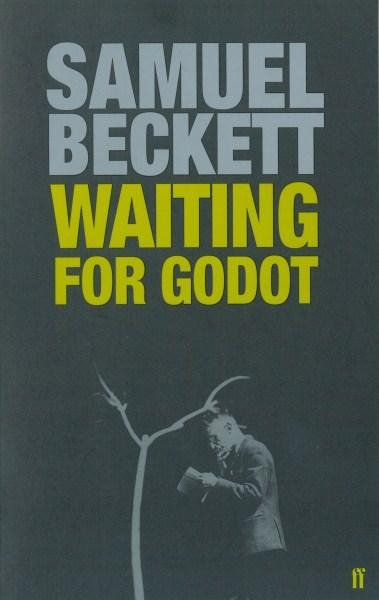

John Osborne (London: NLB, 1977), 159–235.īersani, Leo, The Culture of Redemption (Cambridge: Harvard UP, 1990).Ĭonnor, Steven, Samuel Beckett: Repetition, Theory and Text (Oxford: Basic Blackwell, 1988).Ĭormier, Ramona and Janis L. This process is experimental and the keywords may be updated as the learning algorithm improves.īeckett, Samuel, Waiting for Godot (London: Faber and Faber, 1956).īenjamin, Walter, ‘Allegory and Trauerspiel’, The Origin of German Tragic Drama, trans.


These keywords were added by machine and not by the authors. Phenomenological critics imply or even contend that “the value of negative images becomes transmuted through Beckett’s artistry into a positive affirmation of human dignity” 2 thus participating in what Leo Bersani calls the “culture of redemption”, which assumes that “a certain type of repetition of experience in art repairs inherently damaged or valueless experience”. In such readings, the play has a symbolic relation to existential phenomenology, and existential phenomenology itself is assumed to have a transparent relation to the human condition. In a tradition of phenomenological readings of Beckett’s Waiting for Godot, critics argue that the play stands in mimetic or even symbolic relation to “the human condition”, 1 an argument that tacitly depends upon the romantic valorization of the symbol, upon an intrinsic unity between appearance and essence which retains a quasi-sacred function.


 0 kommentar(er)
0 kommentar(er)
